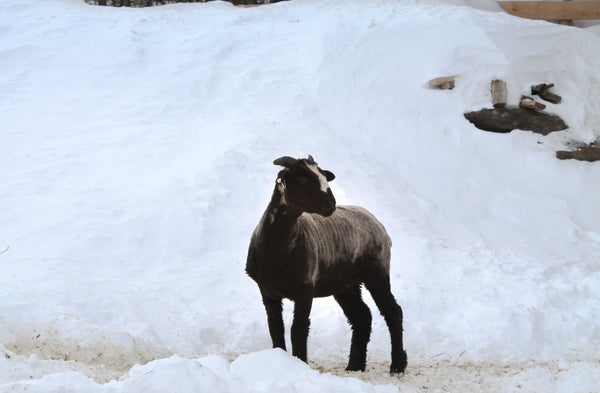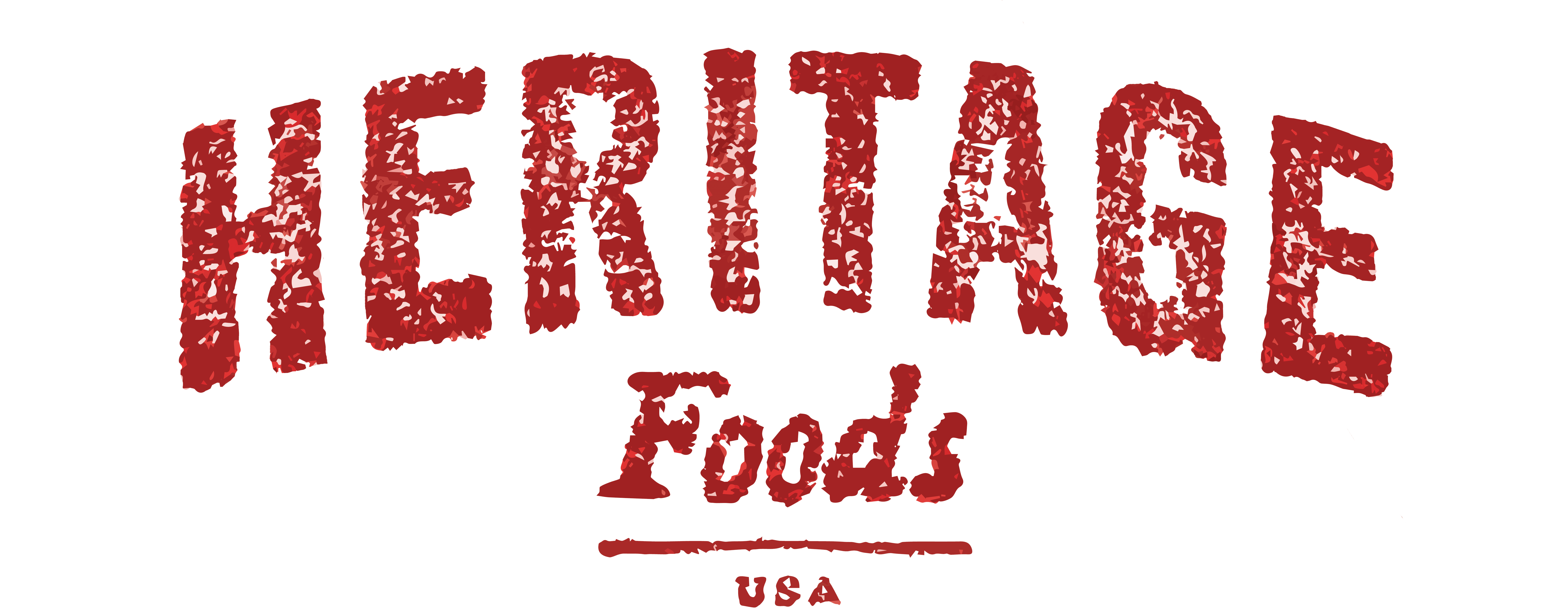
The Oldest Domesticated Livestock in the United States: Navajo-Churro
This is an EPIC story about the oldest domesticated livestock breed in the United States, a story that spans 500 years, and hopefully ends on on your plate.
Antonio Manzanares is one of the last remaining Churro shepherds in the Southwest, and he herds these animals in the traditional style, with little concession to modern farming.
This year, for the first time, Heritage Foods USA is proud to announce that it is making Navajo-Churro lamb a featured product for its retail and restaurant customers, a giant step in saving this rare and exquisite breed. Navajo-Churro lambs are prized for their incredible depth of flavor, as well as their long wool, which commands top prices in woven Navajo rugs.
The Navajo Sheep Association, dedicated to the preservation of these sheep, says that “No other sheep population in the history of the world has survived such selective pressure with such dignity and spirit.”
From Noble Roots
The Churro were brought to America from Spain by Francisco Coronado in 1540. The sheep were bred largely for food for the explorers and the missionaries who followed them throughout the region that is now Mexico and the southwestern United States. By 1807 a single flock of Spanish sheep could number 20,000.
At that time Native Americans had no livestock agriculture of their own — there were no domesticated animals in North America yet. Native Americans were still largely hunters and gatherers, but they quickly learned how to raise sheep both for the meat and the Churro’s thick, double-sided fleece and long haired wool.
In the 1860s, the Navajo-Churro sheep population was nearly destroyed as part of the United States government’s efforts to punish the Navajo people who resisted the new wave of Western settlers moving onto their land. The government ordered military action, led by American “heroes” Kit Carson and John Carlton, with instructions to destroy Navajo orchards and flocks. The results were a bloody swath of death and pain.
The Return of the Navajo-Churro
This year, Heritage Foods, in cooperation with John Sharpe, a pioneer in the preservation of rare breeds and the chef at the Turquoise Room at La Posada hotel — a gorgeously restored train station and historic site in Winslow, Arizona — is working to bring this breed back to the American market.
The Churro is smaller than many other sheep and is noteworthy for its especially herbaceous and savory flavor, with a lower lanolin content than many lambs, which can give the meat a gamy flavor. The Churro is also remarkably tender – even cuts like the shoulder and legs that sometimes call for braising can be roasted and served medium rare like the loin chops or the rib rack.
Shepherding: The second oldest profession
These animals are a reflection of the ground upon which they were raised. Heritage Foods’ Churro lamb is truly free range, raised in Navajo country and in the mountains of New Mexico, and herded in the traditional style. There is very little hay feeding in the winter, as they are grazed at lower elevations.
Antonio Manzanares is one of the few shepherds left breeding Navajo-Churro: “We trail through the mountains in the summer and back in winter. They can get a little wild, but they herd well. The Churro is a smaller animal, leaner than other sheep – I have many customers, such as John Sharpe, who swear that the Churro is a very different tasting lamb.”
It’s no secret that the back story helps sell the lamb — from its arrival to the New World, the drive to save the breed from extinction, and traditional shepherding practices.
Heritage Foods works closely with John Sharpe on our Navajo-Churro project. John is a pioneer in the preservation of rare breeds, and the chef at the Turquoise Room at La Posada hotel — a gorgeously restored train station and historic site in Winslow, Arizona.
“My other shepherds are both women, and both weavers,” says John, who serves Churro, nose-to-tail, in tacos, posole, and grilled. “Irene Bennally is actually a famous shepherd and weaver, she was featured in the New York Times – you can pay her and she’ll take you with her shepherding and camping.”
You can read the New York Times article here
And please contact Heritage Foods to get a taste of this incredible lamb, as delicious as it is part of a great American legacy.
